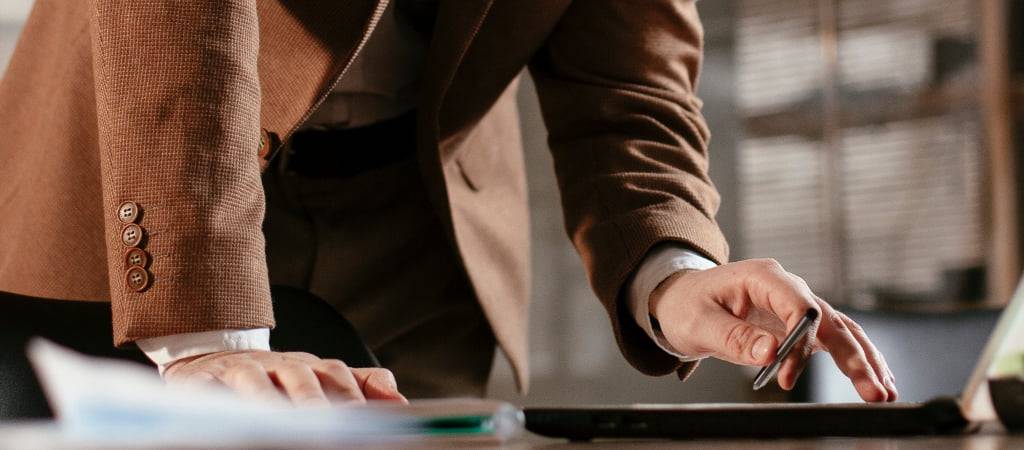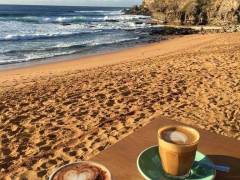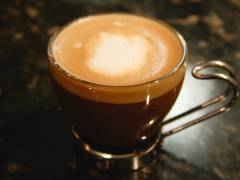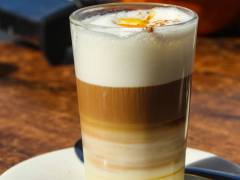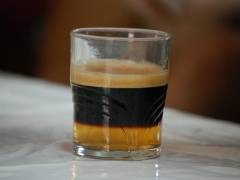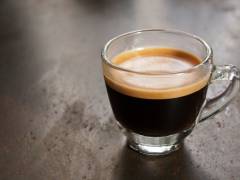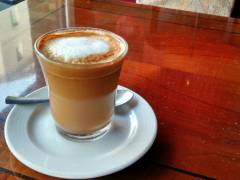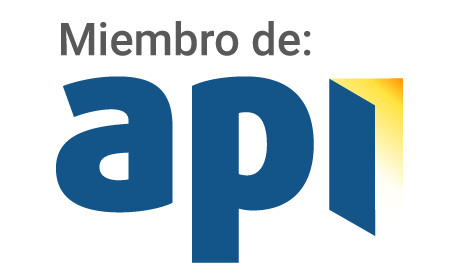The 10 most popular coffee variations in Spain

Spain is a country with an extensive coffee culture where many residents like to drink a cup of coffee in a bar or on a terrace. They do this before they go to work, during their work at the “desayuno", after meals and throughout the day at regular times. Anyone who ever comes to Spain or is lucky enough to live there certainly knows some variants such as the solo, cortado, con leche or americano, but what are the 10 most drunk variants in Spain?
1 - Café con leche
Without a doubt, the Café con leche is the most popular coffee variety and perhaps the most famous coffee among foreigners, a large cup of coffee with warm milk. This coffee is drunk most in the morning at breakfast and can be compared to the Dutch coffee wrong. It is customary in Spain to stop drinking Café con leche after 11am. After that time it is usually to drink a stronger variant such as a Café solo or Cortado. Foreigners sometimes order a Café con leche after a meal where a waiter may look at them strangely because that is not entirely Spanish.
2 - Cortado
A Cortado (not café cortado) is a strong cup of coffee with a splash of warm milk, often served in a glass, but also in a cup. The word Cortado means cut or cut and you can let a “camarero" know that you want a Cortado by making a scissors gesture with your fingers and cutting it. For many foreigners, a Cortado is the most suitable cup of coffee as it is often the coffee seems to be in your own country, although it may be slightly stronger.There are also some variants here such as largo or corto de café, either more or less coffee to make it stronger or less strong.In addition, the Cortado can be used with hot or cold milk. depending on the season.
3 - Café solo
A Café solo (literally coffee only) is a strong cup of coffee that is most often consumed after a meal, but also sometimes at breakfast. In other countries, the Café solo is known as Espresso, especially in Italy. It depends a bit on the person who makes the coffee and with which machine, but the Café solo can sometimes be very strong, where it is customary in other countries (in Spain you don't see it very much) to have a glass of water with the coffee. to give.
4 - Americano
An Americano can be compared to a Café solo, but less strong, also known as a large cup of black coffee. An Americano is usually served in a larger cup and is often consumed by foreigners because the coffee is less strong. For many Spaniards, however, it is not such a perfect coffee because it is softer and people prefer something firmer.
5 - Cappuccino
The Cappuccino is of course known to everyone and originally an Italian coffee. This is actually an Americano with on top either whipped cream (nata) or whipped milk. The Spaniards do not drink much Cappuccino but if they do that will not be with whipped cream, that is more for the foreigners
6 - Carajillo
The Carajillo (pronunciation is carragiljo) is a small strong cup of coffee (Café solo or Cortado) with a dash of whiskey, cognac, baileys or other liqueur of your choice. This type of coffee is often consumed by the Spanish men and even by police officers, ambulance personnel, civil servants etc. and it is quite normal to continue working after drinking a Carajillo. It is a secret coffee because in many places the alcohol is added under the counter / bar.
7 - Café con hielo
The Café con heelo is very popular in the warm summer months, a cup of coffee, usually Café solo or Cortado, which comes with sugar and a glass with ice cube. The drinker pours the coffee into the glass to make an iced coffee. Wonderfully fresh.
8 - Barraquito of Café bombón
A Barraquito or Barraco is a coffee preparation that is especially popular in the Canary Islands. The Barraquito is served in a small glass. The base is a layer of condensed milk, with a shot of Licor 43 (Cuarenta Y Tres) on top. Then milk foam is put on it. Controlled warm milk and a shot of Espresso are poured onto the milk foam. This way the layers remain intact. A Barraquito is finished with cinnamon powder and lime zest. The drink is mainly consumed after eating. It is comparable to a Café bombón, which is consumed in the Iberian peninsula or the rest of Spain. If you add a dash of Brandy to it, people are talking about a Café Belmonte, drunk in a small glass.
9 - Espresso macchiato
The Espresso macchiato is originally an Italian coffee variety. With this coffee you go a step further than a double Espresso by adding a macchiato (Italian for 'cloud' foam). Strong with a little milk foam. You will not be able to drink this variant everywhere, but you can drink it at Italian coffee salons and bars.
10 - Caffé latte
As the name suggests, a Caffè latte is coffee with a lot of milk (latte means milk in Italian, and is therefore comparable to the Dutch coffee wrong). Generally, however, a small layer of foam is served. One should not compare the Caffé latte too much with the Café con leche because the taste and amount of coffee and milk are different. in addition, the Caffé latte is often served in a tall glass while the Café con leche is served in a large cup.
Brief history of coffee in Spain
Coffee and drinking it has been around for a long time, but it was not until around 1600 that the first coffee came to Europe via Venice. Coffee was already consumed before then, but more as a medicine than as a drink. It was also in Venice where the first café was opened in 1645, but it was not long before other cities also received cafes such as London in 1652, Marseille in 1659, Amsterdam in 1663, Paris in 1675 and Vienna in 1683.
Coffee came to Spain through the royal family and nobility, and it took longer than other European countries for the coffee to be consumed by the common people. Spain's first café or bar opened in Madrid in 1764 on Calle Atocha called La Fonda de San Sebastián. In Barcelona the first cafes / bars opened in 1781, namely Café de F. Martinelli, Café Francés and some that are still open today La Opera, la 7 Puertas and Quatre Gats. The success of the coffee and cafes in Madrid and Barcelona soon opened cafes / bars in other cities in Spain.



